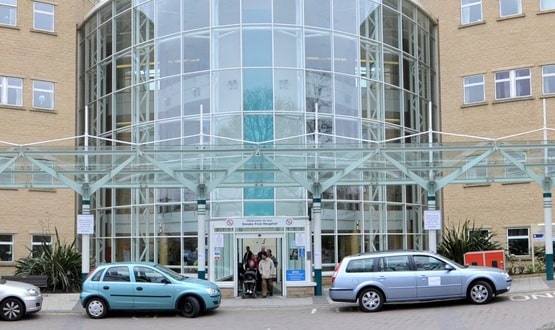Electronic staff record now biggest NHS payroll provider
- 28 July 2006
The NHS Electronic Staff Record is now installed in over 150 sites across England after being implemented of the largest set of sites yet, and is now the largest payroll provider in the NHS, according to latest figures published by the DH.
The third and largest wave of the project so far was completed this month, with the installation completed in 48 NHS organisations including five sites in North Bristol NHS Trust and seven in NHS Shared Business Services, the finance and payroll public-private joint venture.
There are now a total of 159 organisations using ESR, paying 309,021 staff, making it the largest payroll provider in the NHS.
As well as payroll, the ESR features staff records based on a central server, accessible over a web connection. Employee data will move with the employee, rather than stay within their individual organisation, and both employees and managers will have access to aspects of their record.
The HR functionality gives three levels of access: management – wide access but without the ability to edit; administration, which is full read and write access, although payroll staff are restricted to their sector; and data entry, a "limited subset" of the administration level.
All changes that are made to an electronic staff record are audited and previous versions are kept; in this way employment history is kept for each member of staff.
Users can also use reporting tools from the ESR; for example, equal opportunity monitoring and recruitment sources can be monitored for new employees. Reasons for staff leaving can also be aggregated, which is named as one potential benefit to NHS organisations as it can highlight problem areas.
"ESR will interface with electronic recruitment solutions," said Maureen Edwards, senior user and ESR human resources director. "It is interfaced with NHS Jobs, and can on request, be interfaced with other e-recruitment services."
The implementation of the ESR is being undertaken by the DH working with a group headed by McKesson, with Oracle providing the software and IBM the hardware.
Ros Penny, head of development and ESR at Royal Devon and Exeter NHS Foundation Trust, who was involved in the first wave of implementations at the beginning of this year, told EHI that it was important not to see it as an IT project but as a change of working practices.
Identifying who is responsible for the change is extremely important, she said.
"One of the things that was difficult for us was that the payroll department reports to the finance director. There’s doubt about who really owns the system."
Another early issue was training and literature, she added. Training to staff had initially been given on a best-case only scenario, and there was no early knowledge base. However, Penny said, McKesson was receptive to feedback. "To be fair, since we went through this, McKesson has developed electronic learning tools and they have developed online user guides which are excellent."
Hands-on training is given in a ‘dummy’ environment with 350 records, containing all ESR modules as part of TPly, an ‘education practice environment’.
"Our implementation has been very good," said Penny. "I think that the quality of the implementation comes down to the amount of effort put in by the trust. There’s no doubt that ESR is a catalyst for change."
The DH hopes that the project will smooth the transition to the use of shared services, and will improve business efficiency and reporting. On a trust level, said Penny, the system will be used to introduce rostering and reduce overtime, and improve managerial responsibility for staff.
The system will be fully installed across the NHS in England and Wales in five more waves, with the final implementations happening at the beginning of 2008.
Links




